Home>Ideas and Tips>Home Aquaponics System Design for Sustainable Indoor Farming
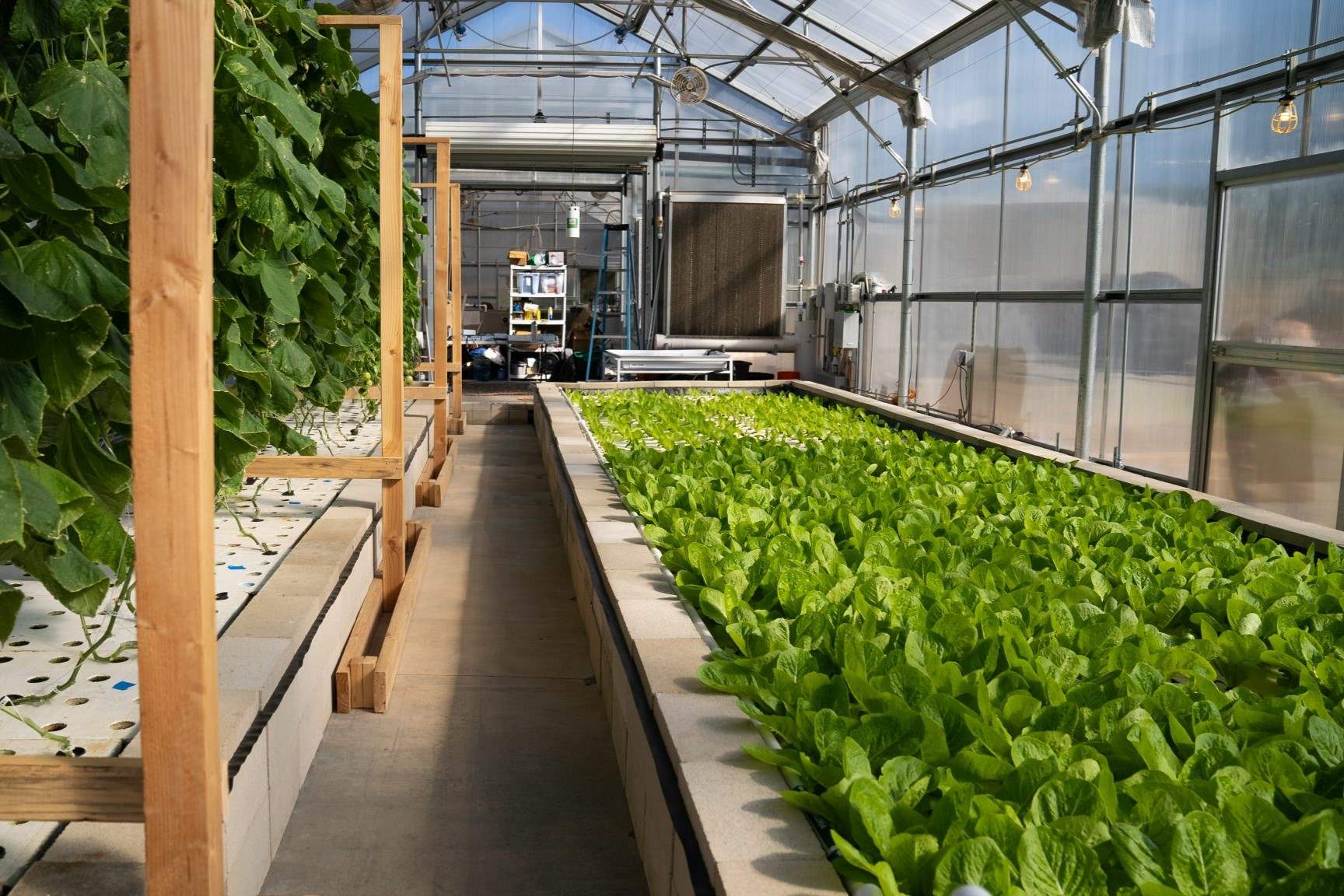

Ideas and Tips
Home Aquaponics System Design for Sustainable Indoor Farming
Published: September 1, 2024
Design a sustainable home aquaponics system for indoor farming. Learn how to grow fresh produce and fish efficiently in a closed-loop setup.
(Many of the links in this article redirect to a specific reviewed product. Your purchase of these products through affiliate links helps to generate commission for Storables.com, at no extra cost. Learn more)
In the quest for sustainable and efficient food production, aquaponics has emerged as a highly promising method. This innovative approach combines aquaculture (raising aquatic animals) with hydroponics (cultivating plants in water without soil) in a closed-loop system. By leveraging the symbiotic relationship between fish and plants, aquaponics offers numerous ecological and economic benefits, making it an ideal choice for both small-scale home gardens and large commercial operations. This article will delve into the design and implementation of a home aquaponics system, focusing on sustainable indoor farming practices.
Aquaponics is a holistic farming method that integrates two distinct components: aquaculture and hydroponics. The system begins with fish living in a tank or pond, where they produce waste rich in essential nutrients like ammonia. This nutrient-rich water is then directed to a hydroponic bed where plants are cultivated. The plants, benefiting from the abundant nutrients, absorb and filter out the harmful substances, thereby purifying the water for the fish. This purified water is then returned to the fish tank, creating a continuous cycle that benefits both parties involved.
Key Components of an Aquaponics System
-
Fish Tanks: These are the primary containers for raising aquatic animals such as tilapia, catfish, or trout. The fish produce waste, which is converted into nutrients by beneficial bacteria in the system.
-
Biological Filtration: Beneficial bacteria convert ammonia from fish waste into nitrates, a form of nitrogen that is a valuable nutrient for plants.
-
Plant Beds: Above or adjacent to the fish tanks are plant beds where various types of plants such as herbs, vegetables, or fruits are grown. These plants are cultivated without soil, typically in a growing medium like gravel or clay pellets.
-
Nutrient Circulation: Water from the fish tanks is continually pumped into the plant beds. The plant roots take up the nitrates and other nutrients present in the water, effectively “cleaning” it and removing toxins that could be harmful to the fish.
-
Clean Water Returns to the Fish: After the plants have filtered the water and absorbed the nutrients, the now clean and nutrient-rich water is returned to the fish tanks. This closed-loop system continuously recirculates and purifies the water, maintaining a healthy environment for both fish and plants.
Designing Your Home Aquaponics System
Choosing the Right Components
-
Fish Tank: The size of your fish tank will depend on your space and the number of fish you plan to raise. A minimum size of 20 gallons is recommended for small-scale home systems.
-
Pumps and Piping: You will need pumps to circulate water between the fish tank and plant beds. PVC pipes are commonly used due to their durability and ease of use.
-
Biofilter: A biofilter is essential for converting ammonia into nitrates. You can either purchase a pre-made biofilter or create your own using materials like bio-balls or ceramic rings.
-
Plant Beds: These can be made from various materials such as grow beds with media like clay pellets or expanded clay pebbles (hydroton).
-
Aeration and Oxygenation: Adequate oxygenation is crucial for both fish and plant health. You can use air stones or other aeration devices to ensure sufficient oxygen levels.
-
Heating and Cooling Systems: Depending on your climate, you may need heating or cooling systems to maintain optimal temperatures for both fish and plants.
Setting Up Your System
-
Initial Setup: Begin by setting up your fish tank with the necessary equipment such as heaters, filters, and aerators.
-
Adding Fish: Introduce fish species that are well-suited for aquaponics such as tilapia or catfish.
-
Adding Plants: Once the system is cycled (i.e., the beneficial bacteria have established themselves), you can introduce plants into the system.
-
Monitoring and Maintenance: Regularly monitor water parameters such as pH levels, ammonia levels, and oxygen levels. Perform routine maintenance tasks like cleaning filters and checking for any signs of disease or pests.
Tips for Successful Aquaponics
-
Start Small: Begin with a small system to gain experience before scaling up.
-
Cycle Your System: Allow the beneficial bacteria to establish themselves before adding fish or plants.
-
Balance pH Levels: Maintain optimal pH levels between 6.5 and 8.5 for both fish and plants.
-
Monitor Water Quality: Regularly test water parameters to ensure they remain within safe ranges for both fish and plants.
-
Provide Adequate Lighting: Ensure that plants receive sufficient light; this can be achieved using LED grow lights or natural sunlight if possible.
-
Maintain Proper Temperature: Keep the water temperature within a range suitable for your fish species (usually between 68°F and 82°F).
Benefits of Home Aquaponics Systems
Water Conservation
Aquaponics recirculates water, using up to 90% less water than traditional soil-based farming methods. This is crucial in a world where water scarcity is a growing concern.
Sustainable Nutrient Supply
The fish waste acts as a natural fertilizer for plants, providing them with the necessary nutrients without the need for artificial fertilizers. This eliminates the risk of nutrient runoff, which can pollute water bodies.
Increased Crop Production
Aquaponics systems produce higher crop yields compared to traditional methods because plants have constant access to nutrients, water, and oxygen, resulting in more vigorous growth and accelerated maturity.
Versatility
Aquaponics can be implemented in different settings, including urban environments. It allows year-round cultivation and the ability to grow a wide range of crops, making it ideal for small-scale farming or even backyard gardening.
Space Efficiency
Aquaponics systems can be designed to fit into small spaces, including urban areas, making it feasible to produce food in locations with limited available land.
Energy Efficiency
These systems can be powered by renewable energy sources, reducing their carbon footprint and contributing to sustainable energy practices.
Economic Viability
Aquaponics can be a profitable venture, particularly for small-scale and local producers, contributing to sustainable economic development.
Biodiversity and Ecosystem Health
Aquaponic systems support a variety of plant and fish species, enhancing biodiversity and promoting ecosystem health within the closed-loop environment.
Educational and Research Value
Aquaponics serves as a valuable educational tool for teaching biology, chemistry, and sustainable farming practices. Researchers are also exploring its potential for treating wastewater and growing crops in extreme environments.
Challenges and Considerations
While aquaponics offers numerous benefits, there are several challenges to consider when setting up your home system:
-
High Startup Cost: The initial investment required for setting up an aquaponics system can be high due to the need for specialized equipment like pumps and biofilters.
-
Lack of Skilled Professionals: There is a shortage of skilled professionals in the field, which can make it difficult to find someone who understands how to maintain an aquaponics system.
-
Risk of Disease and Pests: Aquaponics systems are susceptible to disease outbreaks and pest infestations if not properly managed.
-
Power Consumption: While energy-efficient compared to traditional farming methods, aquaponics still requires power for pumps and other equipment.
-
Climate Restrictions: Aquaponics systems may require additional equipment like heaters or coolers depending on your climate zone.
-
Water Quality Issues: Maintaining optimal water quality is crucial; issues like high ammonia levels or low oxygen levels can be detrimental if not addressed promptly.
-
Limited Variety of Fish: While there are many species suitable for aquaponics, some may not thrive as well as others in certain conditions.
-
Limited Variety of Plants: Some plants may not grow well in aquaponics systems due to specific requirements like soil depth or light intensity.
In conclusion, designing and implementing a home aquaponics system offers numerous ecological and economic benefits while providing a sustainable alternative to conventional farming methods. By understanding the key components involved in setting up such a system—fish tanks, biological filtration systems, plant beds—and following tips for successful aquaponics like starting small and monitoring water parameters regularly—you can create an efficient indoor farming setup that produces both fresh vegetables and fish protein without relying on chemical fertilizers or pesticides.
Aquaponics represents an innovative approach towards sustainable agriculture that not only addresses environmental concerns but also contributes significantly towards achieving food sovereignty through resource-efficient practices. Whether you're looking to start small-scale home production or aiming towards larger commercial operations, aquaponics presents an exciting opportunity for sustainable farming practices that benefit both our planet and our communities.
References:
- Zhang Y., Zhang Y.-k., Li Z. (2022). A new and improved aquaponics system model for food production patterns for urban architecture. ScienceDirect.
- iGrow News (2023). Aquaponics: A Sustainable & Efficient Farming Method?
- Kryzen (2023). Exploring Aquaponic Systems for Sustainable Farming.
- MDPI (2023). Aquaponics: A Sustainable Path to Food Sovereignty and Enhanced Water Use Efficiency.
- Ecolife Conservation (2023). Sustainable Agriculture Methods: Benefits of Aquaponics.
By embracing aquaponics as a sustainable farming method, we can significantly reduce our environmental footprint while ensuring a consistent supply of fresh produce year-round. The future of sustainable agriculture looks promising with innovative systems like aquaponics at its forefront.
Was this page helpful?
At Storables.com, we guarantee accurate and reliable information. Our content, validated by Expert Board Contributors, is crafted following stringent Editorial Policies. We're committed to providing you with well-researched, expert-backed insights for all your informational needs.
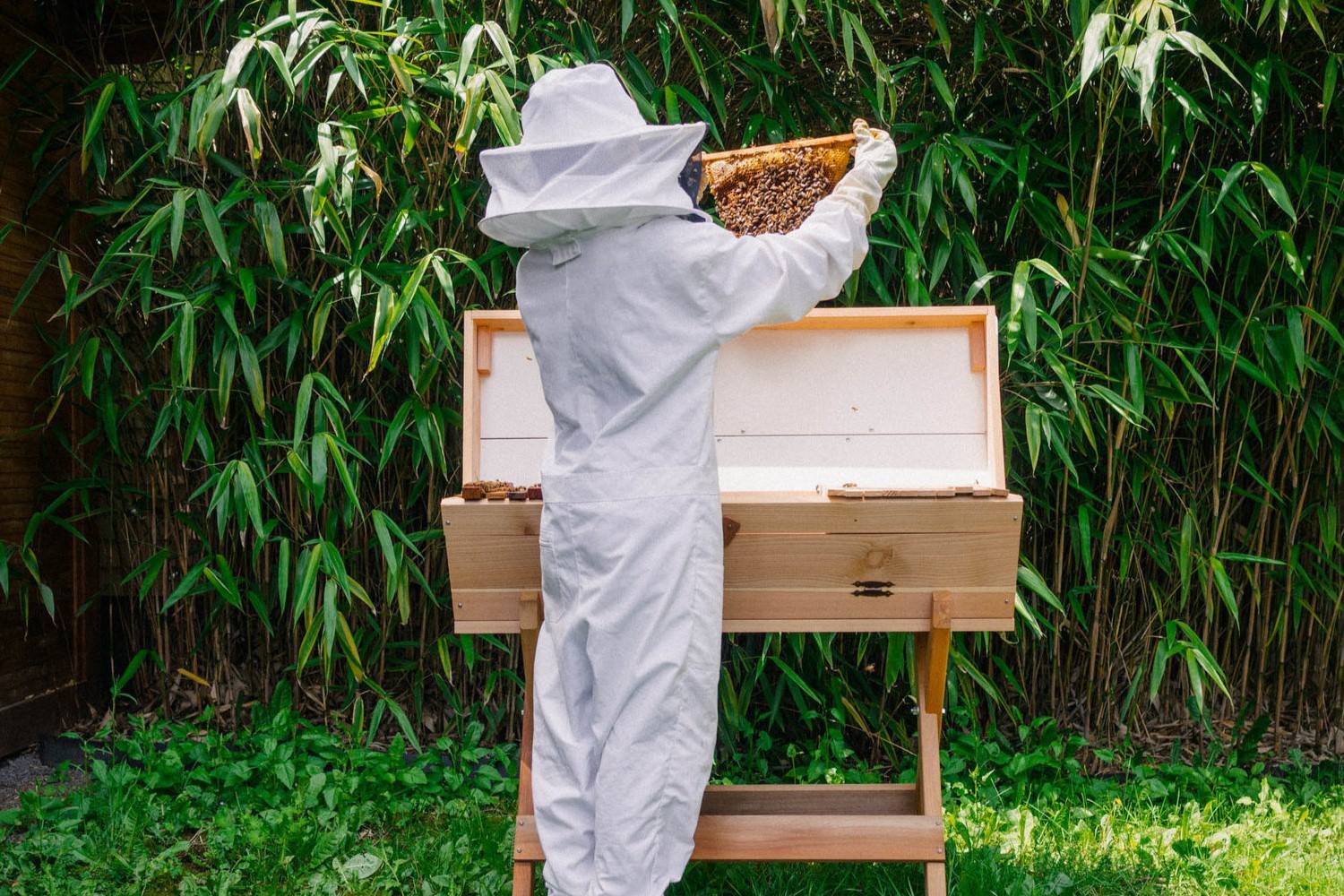
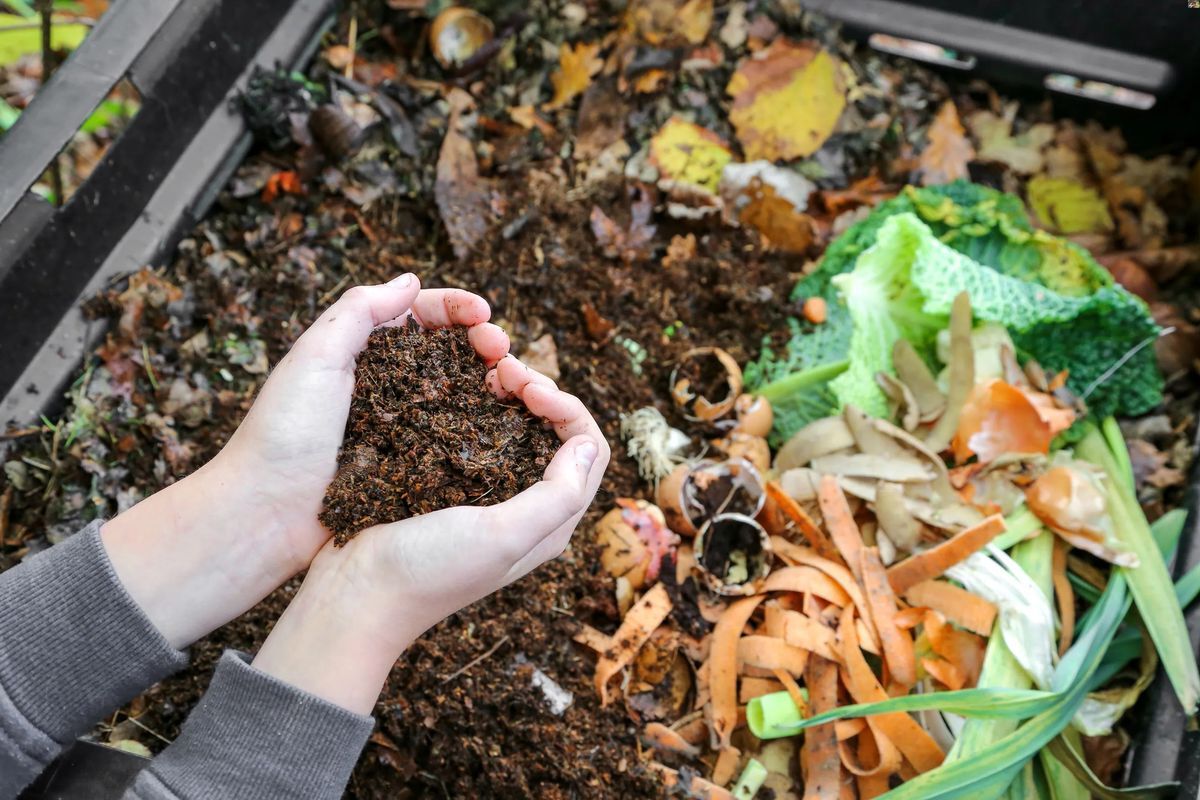

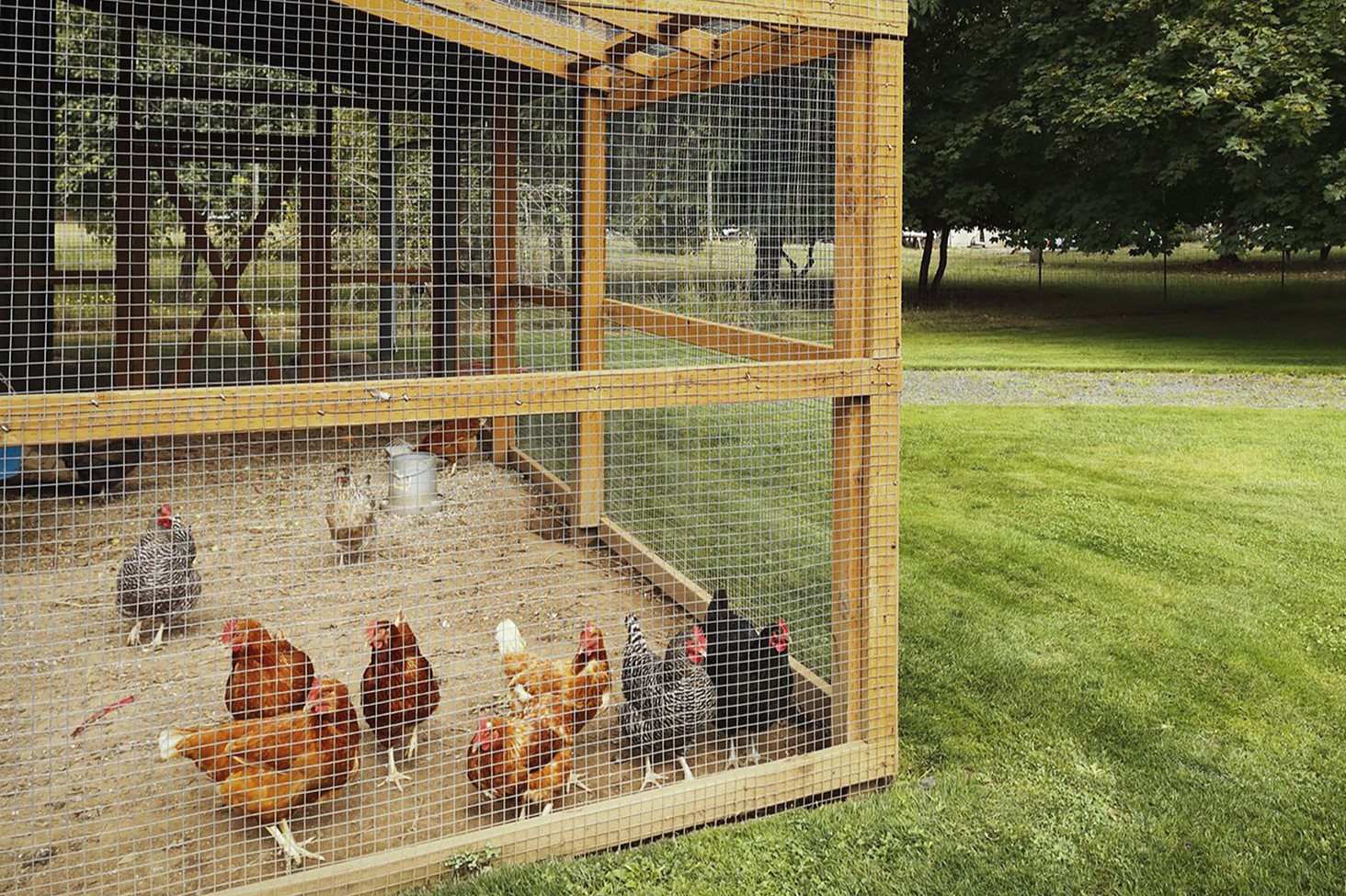
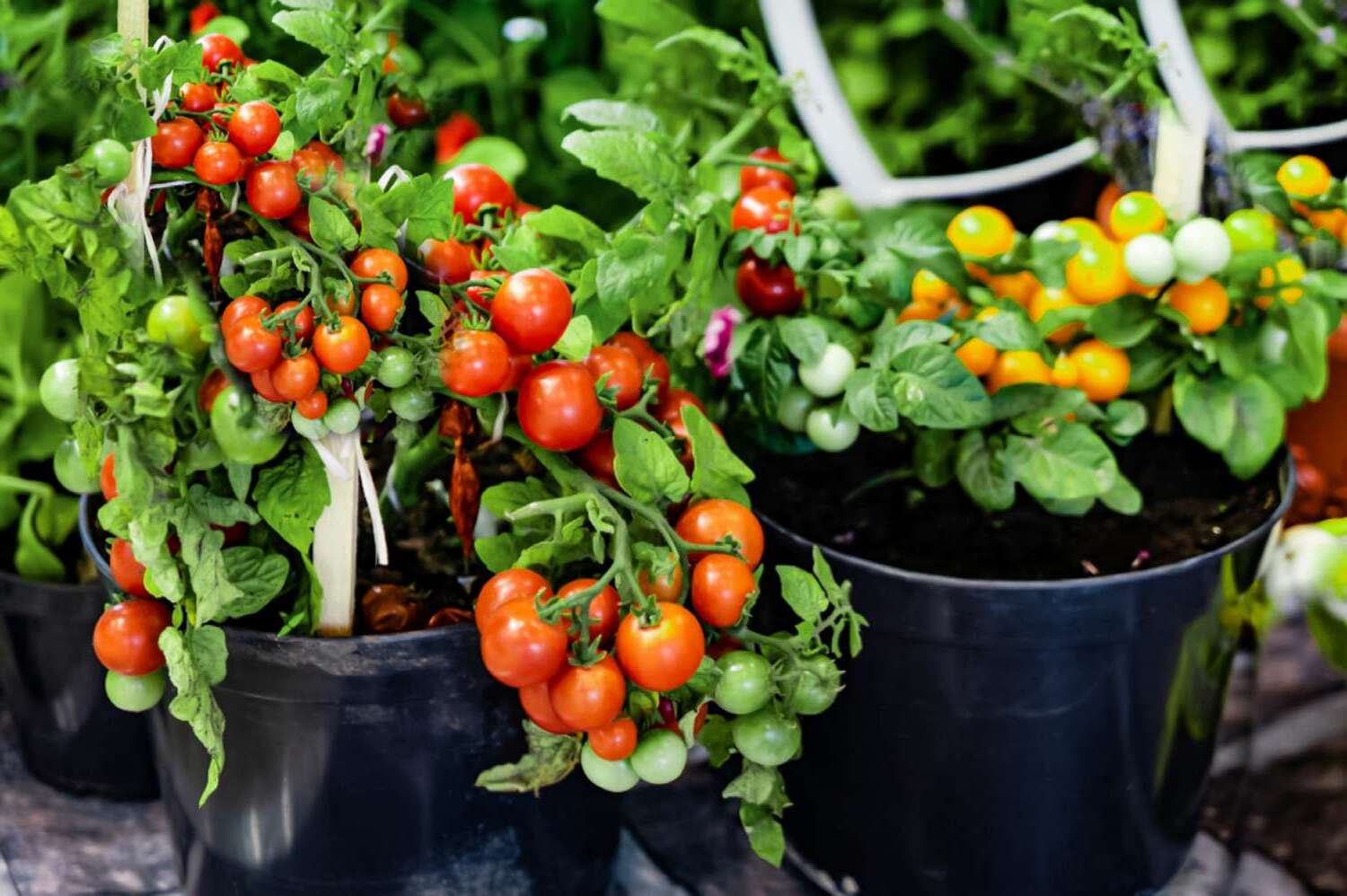
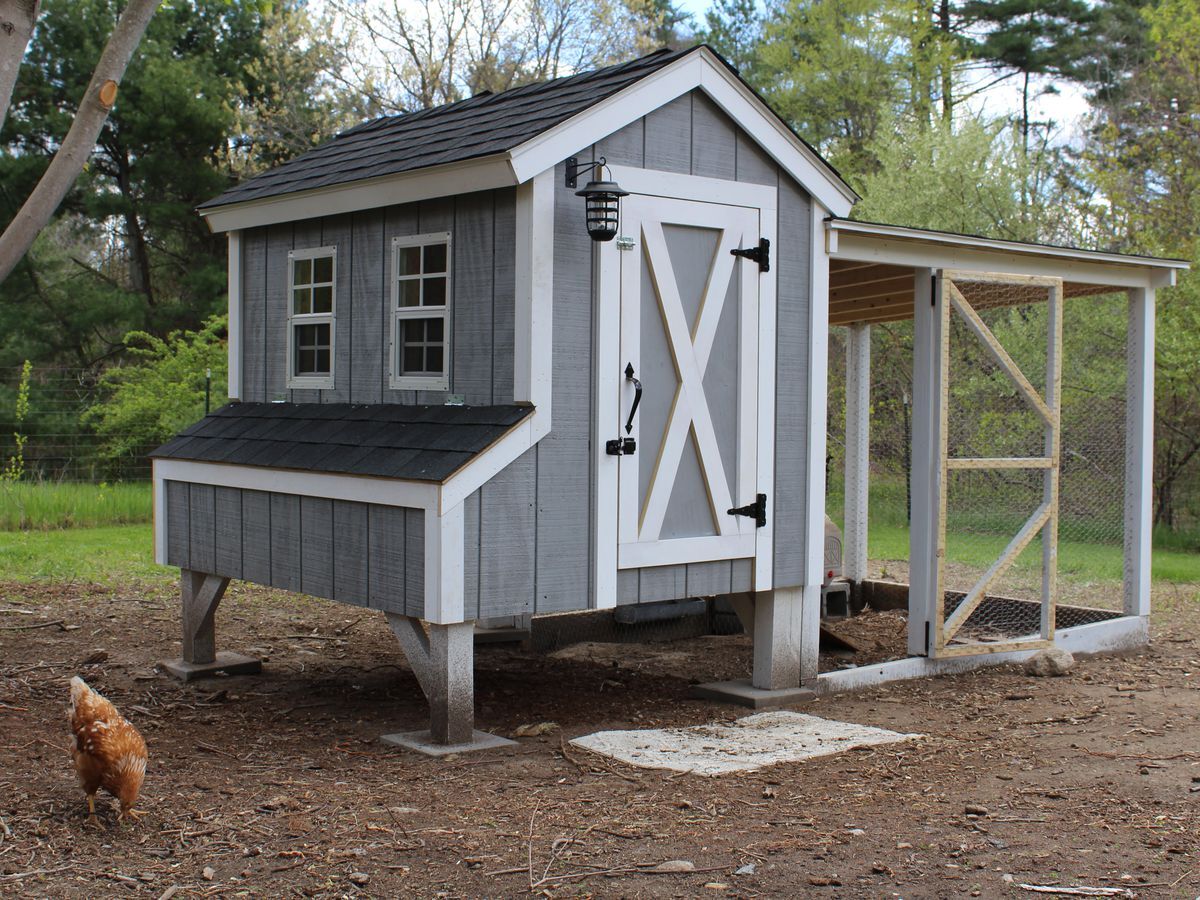
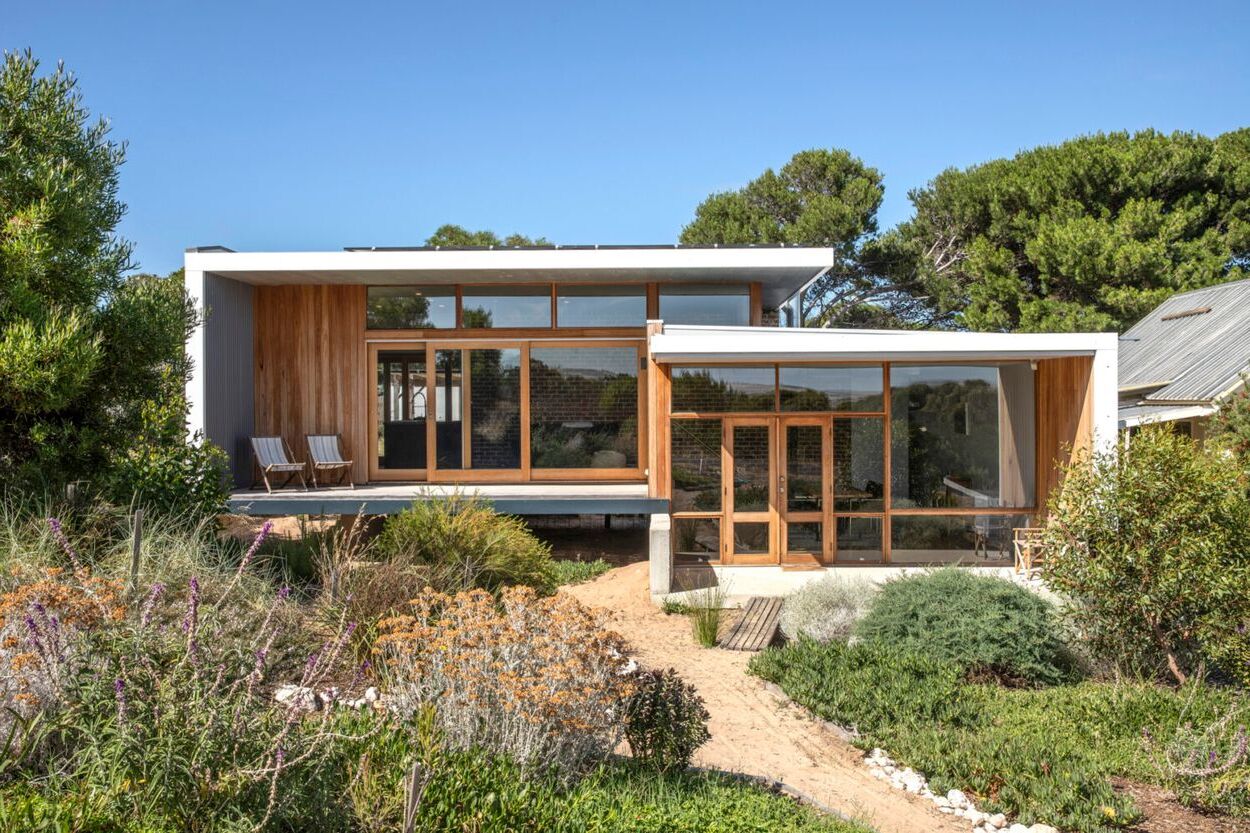

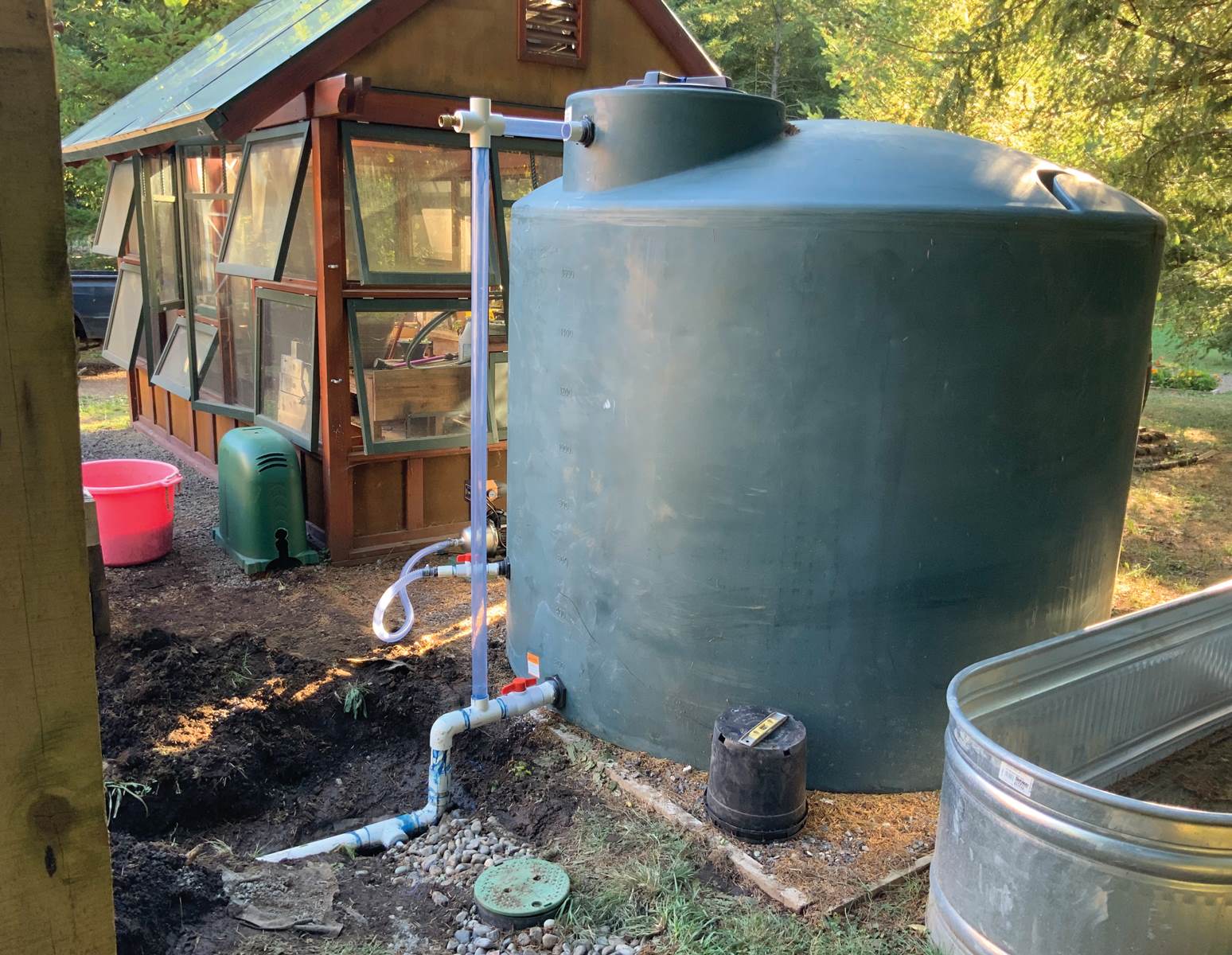
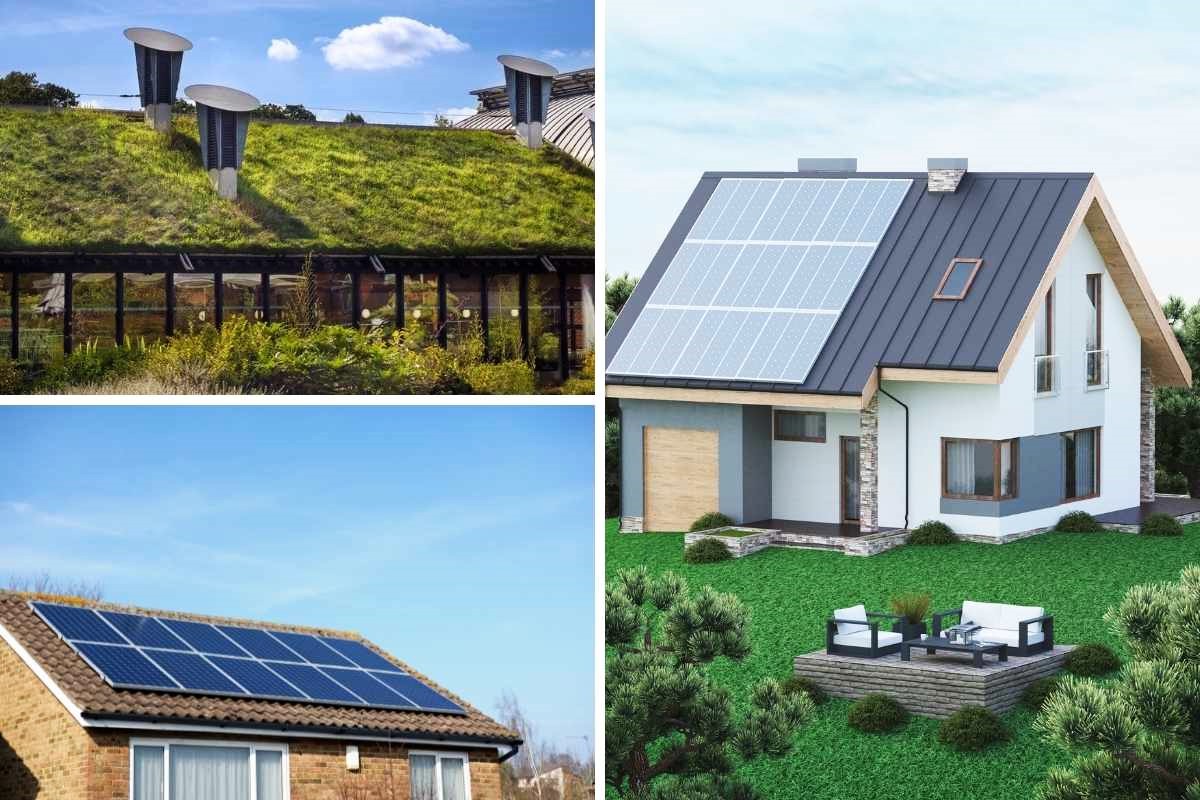
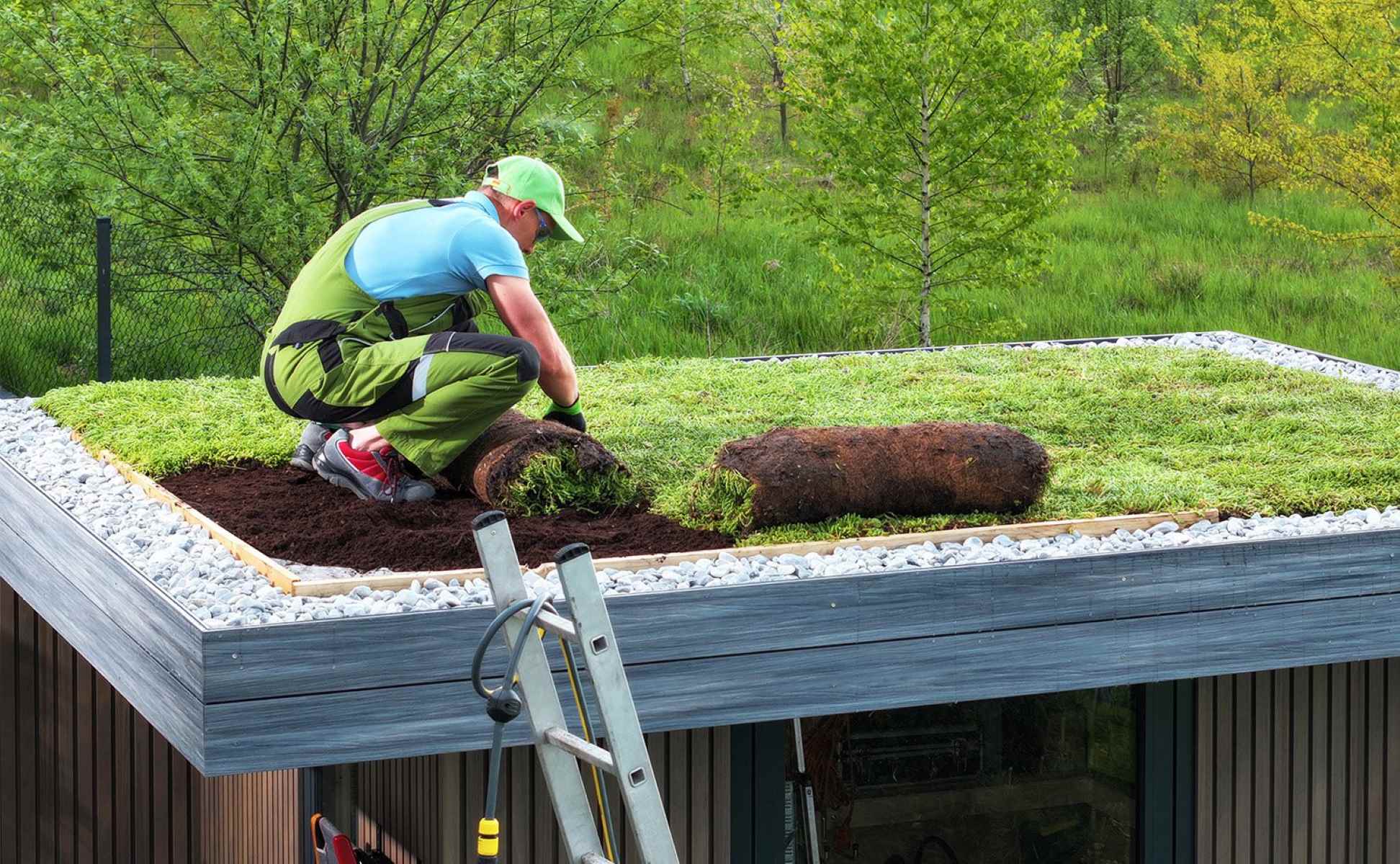
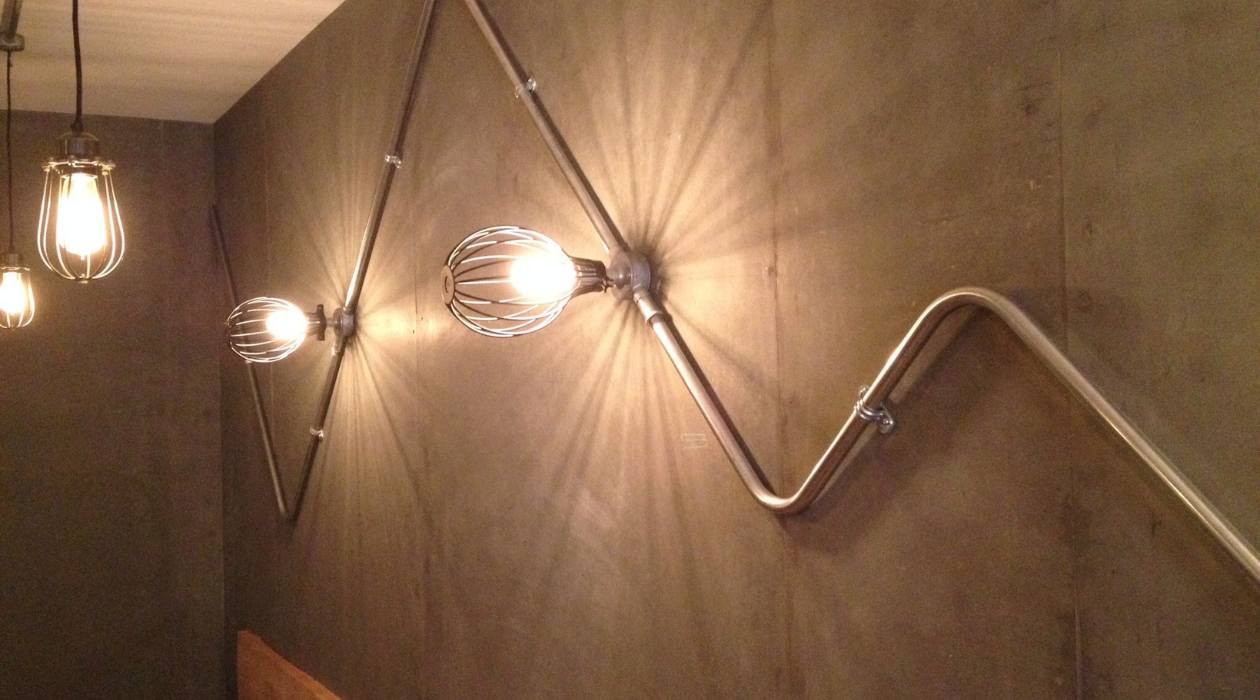
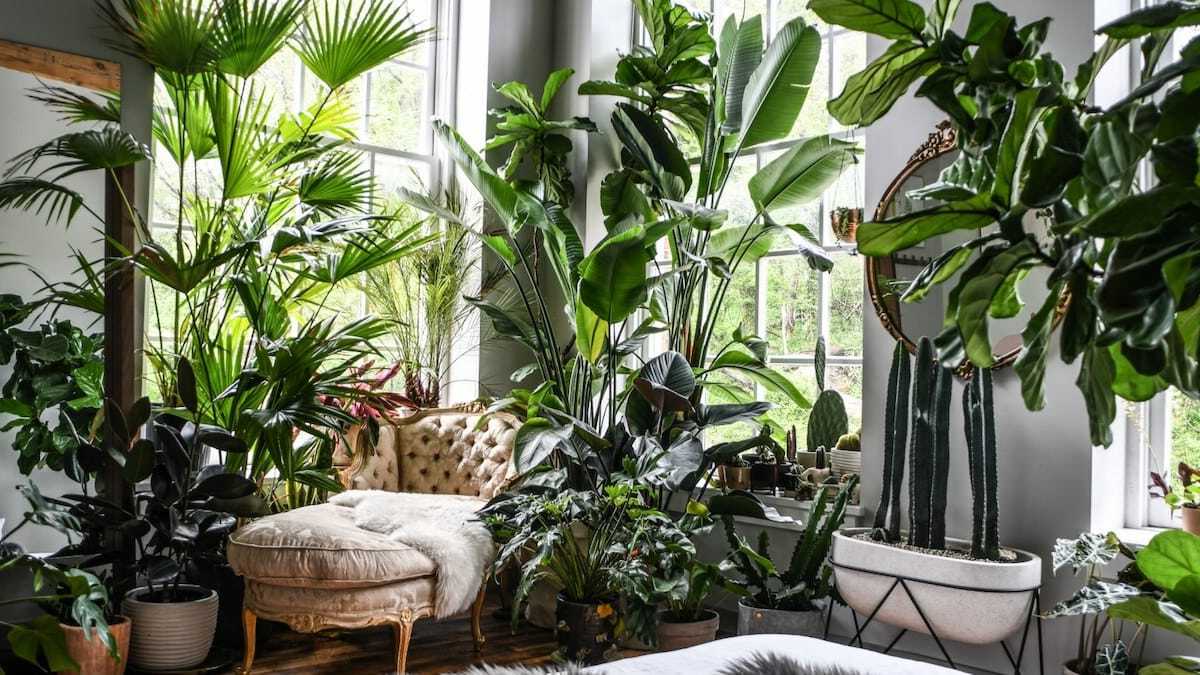
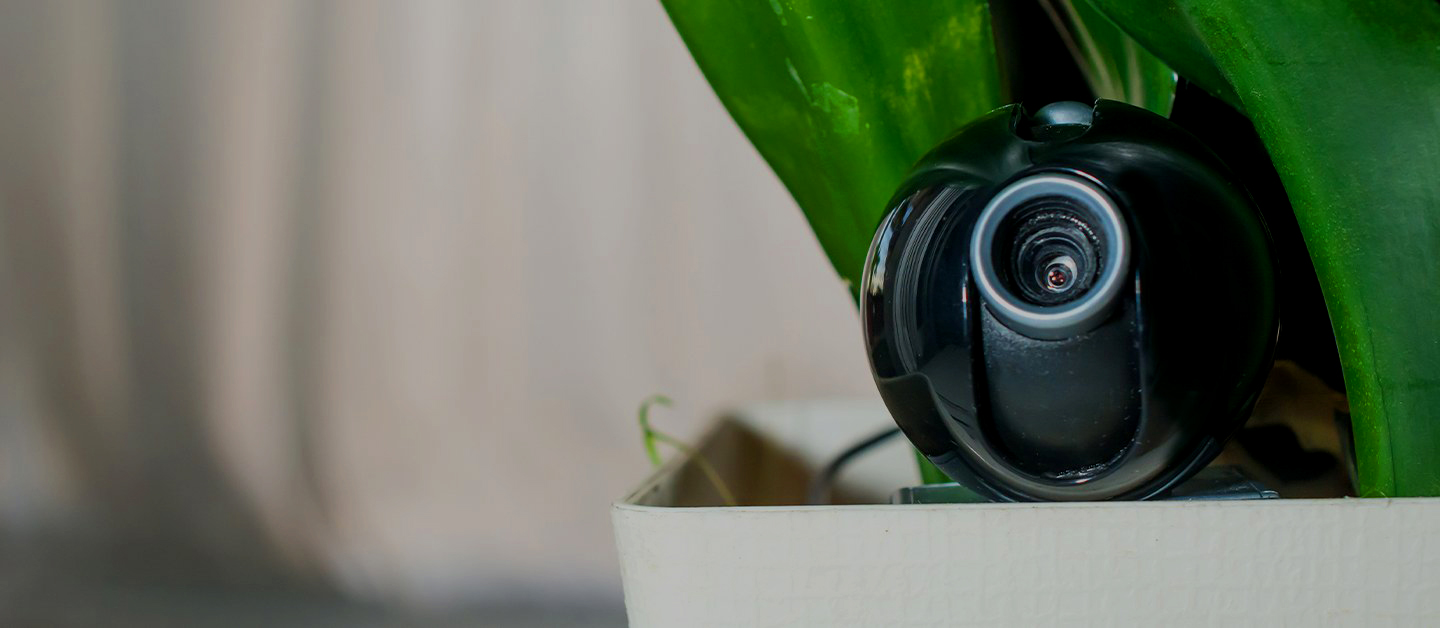


0 thoughts on “Home Aquaponics System Design for Sustainable Indoor Farming”